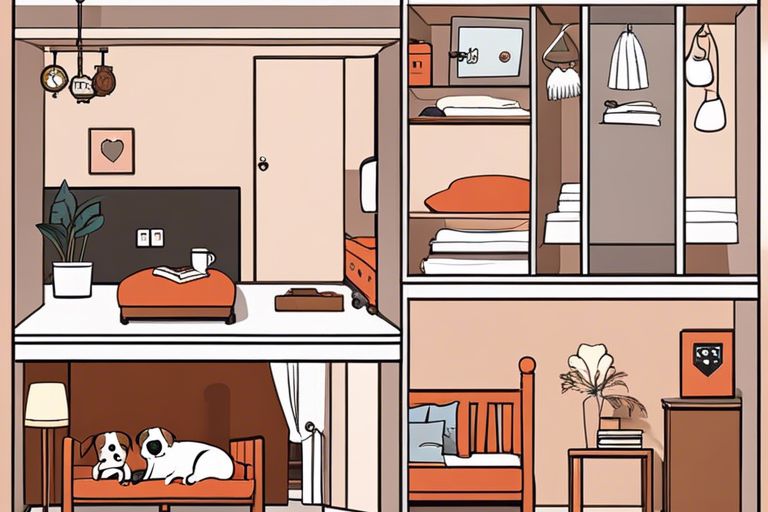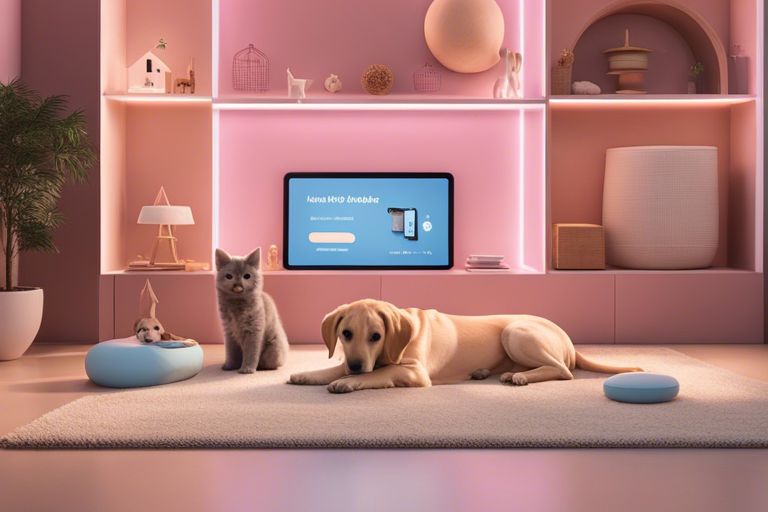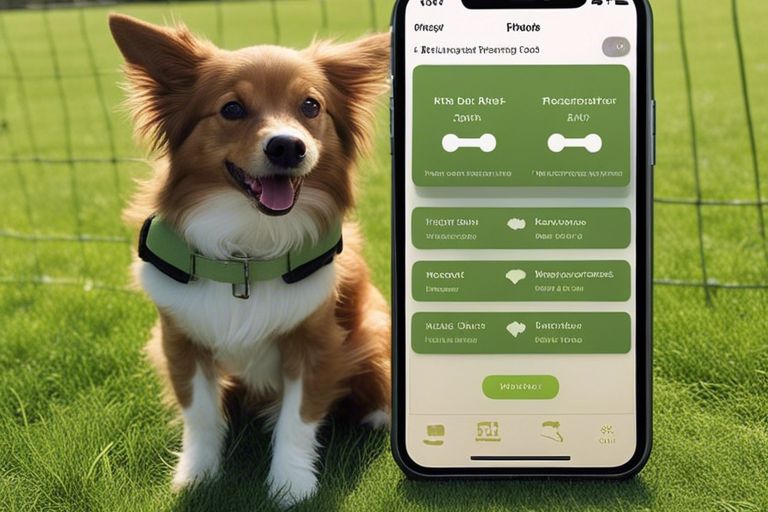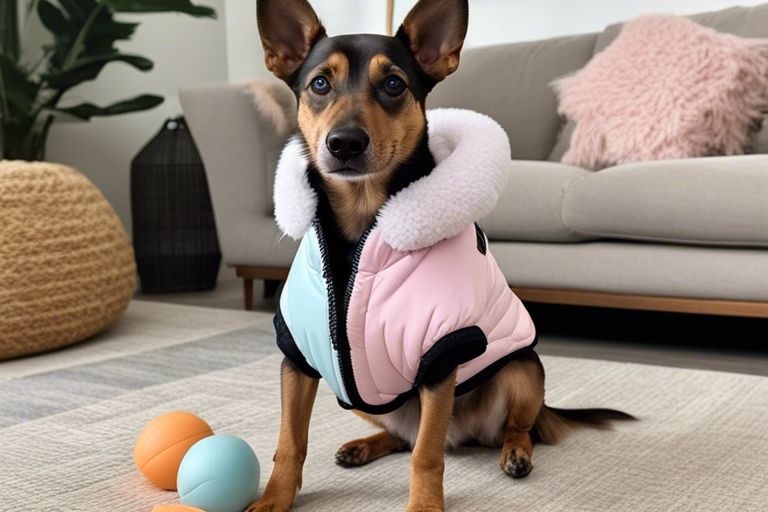As a seasoned dog trainer, I have found that teaching a small dog to be home alone can be a challenging task, but with the right methods and techniques, it is certainly achievable. Separation anxiety is a common issue among small dogs, and it can lead to destructive behavior and excessive barking when left alone. To address this, it’s important to start with short periods of separation and gradually increase the time as your dog becomes more comfortable. Providing comforting toys or blankets and creating a safe and secure space for your dog to stay in while you’re away can also help ease their anxiety. Additionally, positive reinforcement and rewards for good behavior can go a long way in teaching your small dog to be calm and confident when left alone. Through patience and consistency, you can effectively train your small dog to be comfortable and content when home alone.
Key Takeaways:
- Start Early: Introduce your small dog to being home alone in short intervals from a young age to help them become comfortable with the experience.
- Use Positive Reinforcement: Reward your dog for good behavior when left alone, and provide them with engaging toys or activities to keep them occupied.
- Gradually Increase Time Alone: Slowly build up the amount of time your dog spends alone, giving them the opportunity to adapt to being by themselves without becoming anxious.
Understanding Your Small Dog’s Needs
If you are considering leaving your small dog home alone, it is important to understand their needs and what may cause them anxiety when you are not around. By understanding your dog’s needs, you can better prepare them for being home alone and help alleviate any anxiety they may experience.
Breed-Specific Considerations
When considering leaving your small dog home alone, it is important to take into account breed-specific considerations. Some breeds are more prone to separation anxiety or may have higher energy levels that require more stimulation. For example, toy breeds may be more prone to anxiety when left alone due to their small size and tendency to form strong attachments to their owners. On the other hand, terriers may have high energy levels and require more mental and physical stimulation to prevent boredom and anxiety. Understanding these breed-specific considerations can help you tailor your approach to teaching your small dog to be home alone.
Assessing Your Dog’s Current Anxiety Level
Before working on teaching your small dog to be home alone, it is important to assess their current anxiety level. Some signs of anxiety in dogs include pacing, excessive barking, destructive behavior, and accidents in the house. By assessing your dog’s current anxiety level, you can better understand their needs and work on addressing any underlying anxiety before leaving them home alone. This may involve consulting with a professional dog trainer or behaviorist to develop a plan tailored to your dog’s specific needs.
Creating a Safe and Comfortable Environment
Now that you’ve decided to teach your small dog to be home alone, it’s important to ensure that the environment is safe and comfortable for them. This will help reduce their anxiety and make the transition easier for both of you. In this chapter, I will discuss the role of the crate and how to design a calming space for your furry friend.
The Role of the Crate
When it comes to teaching your small dog to be home alone, the crate can be a game-changer. Not only does it provide a safe and secure space for your dog, but it also helps prevent destructive behavior and keeps them out of potential danger. Make sure the crate is the right size for your dog – it should be just big enough for them to stand up, turn around, and lie down comfortably. Introduce the crate gradually by making it a positive and inviting space, and never use it as a form of punishment. Associate the crate with positive experiences such as treats, toys, and meal times to help your dog feel at ease.
Designing a Calming Space
Creating a calming space for your small dog when they’re home alone can significantly reduce their anxiety. Choose a quiet area of the house away from distractions and noise. Consider using soothing music or white noise to create a peaceful atmosphere. Provide comforting items such as their favorite blanket, a piece of your clothing that carries your scent, or a special toy. Ensure the space is safe by removing any potential hazards or toxic items that your dog could access in your absence.
 I’m excited to dive into training techniques for encouraging independence in small dogs. After all, teaching your furry friend to be comfortable and confident when left alone is essential for their well-being and your peace of mind. By implementing the right methods and strategies, you can help your small dog develop the independence they need to thrive while you’re away.
I’m excited to dive into training techniques for encouraging independence in small dogs. After all, teaching your furry friend to be comfortable and confident when left alone is essential for their well-being and your peace of mind. By implementing the right methods and strategies, you can help your small dog develop the independence they need to thrive while you’re away.
Gradual Desensitization to Alone Time
When it comes to training your small dog to be home alone, gradual desensitization is a key technique. Start by leaving your dog alone for short periods of time, gradually increasing the duration as they become more comfortable. This process helps prevent separation anxiety and teaches your dog that being alone is a normal and safe part of their routine. It’s essential to remain calm and composed when leaving and returning to avoid reinforcing any anxious behavior. By slowly acclimating your dog to alone time, you can build their confidence and reduce stress.
Positive Reinforcement Strategies
Using positive reinforcement is an effective approach to encourage independence in your small dog. When your dog displays calm and relaxed behavior while alone, reward them with praise, treats, or a favorite toy. This positive association with being alone will help your dog feel more comfortable and secure in your absence. Additionally, providing interactive toys or activities can keep your dog engaged and stimulated while you’re away, further promoting their independence and reducing anxiety.
By implementing these training techniques for encouraging independence, I’ve seen remarkable progress in my own small dog. Gradual desensitization and positive reinforcement have helped my dog become more confident and content when home alone. I encourage you to be patient and consistent in your training efforts, as every small step forward is a significant accomplishment for your furry companion.
Managing and Reducing Separation Anxiety
For many small dogs, being home alone can trigger separation anxiety, leading to destructive behaviors and excessive vocalization. It’s important to address this issue early on to prevent it from becoming a chronic problem. To learn more about separation anxiety and how to manage it, Home Alone: How to Teach Your Dog to be Alonecan be a great resource.
Identifying and Addressing Triggers
Identifying the triggers that cause your small dog’s anxiety when alone is crucial. These triggers could include specific noises, routines, or even certain objects. By identifying these triggers, you can work on desensitizing your dog to them. For example, if your dog becomes anxious when you pick up your keys, start picking them up at random times without leaving to help your dog understand that it doesn’t always mean you’ll be gone for a long time.
Use of Companionship Aids and Technology
Companionship aids and technology can be incredibly helpful in reducing your small dog’s separation anxiety. Items such as interactive toys, treat-dispensing cameras, or even calming music can provide a sense of company and security for your dog when you’re not home. Additionally, using technology to check in on your dog remotely can give you peace of mind and help to ease your dog’s anxiety. Introducing these aids gradually can help in making your dog feel more comfortable when home alone.
Maintaining Consistency and Routine
Unlike humans, dogs thrive on consistency and routine. When teaching your small dog to be home alone, it’s essential to maintain a consistent schedule and routine. This will help your dog feel secure and know what to expect, reducing anxiety and unwanted behaviors.
Establishing Regular Schedules
Establishing regular schedules for feeding, bathroom breaks, exercise, and playtime will help your small dog adjust to being alone. Consistency in these activities will create a sense of predictability for your dog, making it easier for them to cope with being home alone. Make sure to set aside specific times for these activities and stick to them as closely as possible.
The Importance of Practice and Patience
Teaching your small dog to be home alone will require patience and practice. It’s essential to start with short periods of time and gradually increase the duration as your dog becomes more comfortable. During this process, it’s crucial to remain patient and provide positive reinforcement for good behavior. Remember, Rome wasn’t built in a day, and the same goes for teaching your dog to be independent at home.
Conclusion
Hence, after considering various methods and techniques for teaching your small dog to be home alone, it is clear that consistency, patience, and positive reinforcement are key. Gradually leaving your dog alone for short periods of time and gradually increasing the duration will help them learn to be comfortable on their own. Providing them with engaging toys and activities, as well as creating a comfortable environment, will also contribute to their feelings of security and ease. It’s important to remember that every dog is different, so it is essential to be patient and adaptable in your approach. With time and dedication, you can successfully train your small dog to feel confident and content when being home alone.
FAQ
Q: What are the best methods for teaching my small dog to be home alone?
A: The best methods for teaching your small dog to be home alone include gradual desensitization, crate training, and providing mental and physical stimulation.
Q: How can I use gradual desensitization to teach my small dog to be home alone?
A: Gradual desensitization involves leaving your small dog alone for short periods of time and gradually increasing the duration. This helps them become accustomed to being alone and reduces separation anxiety.
Q: What role does crate training play in teaching my small dog to be home alone?
A: Crate training can provide a safe and secure space for your small dog when they are home alone. It can help prevent destructive behavior and keep them comfortable while you are away.



